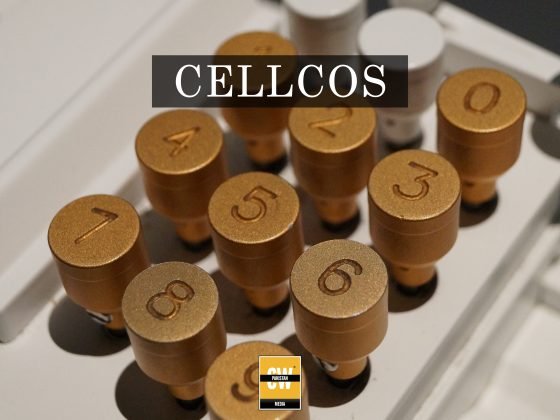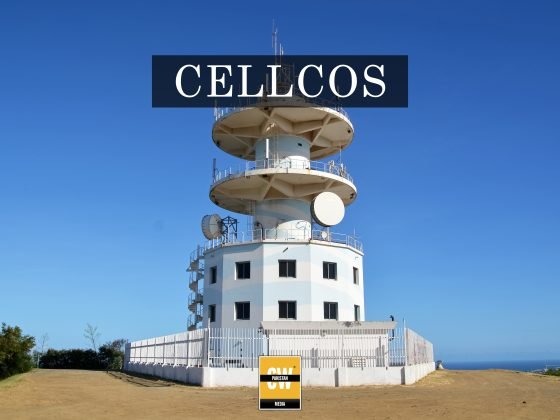China has made a major breakthrough in satellite-to-ground laser communications, a technological leap that could pave the way for 6G networks, ultra-high-resolution remote sensing, and next-generation satellite positioning systems. The achievement was announced by Chang Guang Satellite Technology Co., the owner of Jilin-1, the world’s largest sub-meter commercial remote sensing satellite constellation. The company successfully demonstrated an unprecedented 100-gigabit-per-second ultra-high-speed image data transmission rate during recent testing, marking a tenfold improvement over its previous record.
The test, conducted between a truck-mounted ground station and one of the 117 satellites currently part of the Jilin-1 constellation, highlights China’s rapid advancements in space-based laser communication. Unlike traditional radio frequency-based satellite communication, laser communication offers higher data transfer speeds, lower latency, and greater security, making it an essential component of future telecommunications and remote sensing technologies.
Wang Hanghang, head of laser communication ground station technology at Chang Guang Satellite, emphasized that the company’s breakthrough places it ahead of Elon Musk’s Starlink in satellite-to-ground laser communication. While Starlink has developed a laser inter-satellite communication system, it has yet to deploy a similar system for satellite-to-ground transmissions on a large scale. Wang noted that while SpaceX likely possesses the technology, China has already begun mass deployment, aiming to integrate laser communication units across all satellites in the Jilin-1 constellation.
The company has ambitious expansion plans, targeting a network of 300 satellites by 2027. This large-scale deployment is expected to significantly enhance the efficiency of the constellation, providing high-speed, high-capacity data transmission that could revolutionize remote sensing and satellite communications. Laser communication technology will allow satellites to transmit vast amounts of data to the ground with minimal delay, a crucial feature for applications such as real-time Earth observation, disaster monitoring, and high-speed broadband services.
China’s progress in laser satellite communications aligns with its broader ambitions in space technology. The country has been actively expanding its space infrastructure, with recent developments in quantum communication satellites, deep space exploration, and next-generation navigation systems. By integrating advanced laser communication technology, China is positioning itself as a leader in satellite-based data transmission, with potential applications extending beyond Earth observation to include inter-satellite networking, deep-space communications, and even military-grade secure transmissions.
The significance of this breakthrough extends to global telecommunications, particularly in the race towards 6G technology. Experts believe that satellite-based laser communications could play a crucial role in enabling 6G networks by providing seamless global coverage, ultra-high-speed internet, and robust connectivity in remote or underserved areas. The integration of satellite communications with terrestrial networks is expected to be a defining feature of 6G, ensuring continuous, high-speed internet access worldwide.
China’s advancements in this field also reflect growing competition in the global satellite industry. While companies like SpaceX’s Starlink and Amazon’s Project Kuiper are focusing on expanding low-Earth orbit (LEO) broadband satellite networks, China’s emphasis on laser communication technology offers a distinct edge. The ability to transmit data at such high speeds via laser links reduces reliance on traditional ground stations and mitigates interference issues associated with radio frequency transmissions.
Beyond telecommunications, this breakthrough has implications for national security and strategic applications. High-speed satellite communications are crucial for defense systems, intelligence gathering, and secure military communications. The ability to transmit large volumes of data with high precision and security strengthens China’s capabilities in satellite surveillance, reconnaissance, and real-time battlefield awareness.
The successful demonstration of a 100 Gbps satellite-to-ground laser communication link underscores China’s growing dominance in space technology. As the Jilin-1 constellation expands and integrates these advancements, the global satellite industry will likely witness intensified competition, with China emerging as a formidable player in next-generation satellite communications.
With plans to increase the number of satellites and further optimize laser-based transmission technology, China is setting new benchmarks in space-based communications. As the country continues to push the boundaries of innovation, its progress in satellite laser communications could redefine how data is transmitted across the globe, influencing the future of telecommunications, remote sensing, and strategic defense applications.










